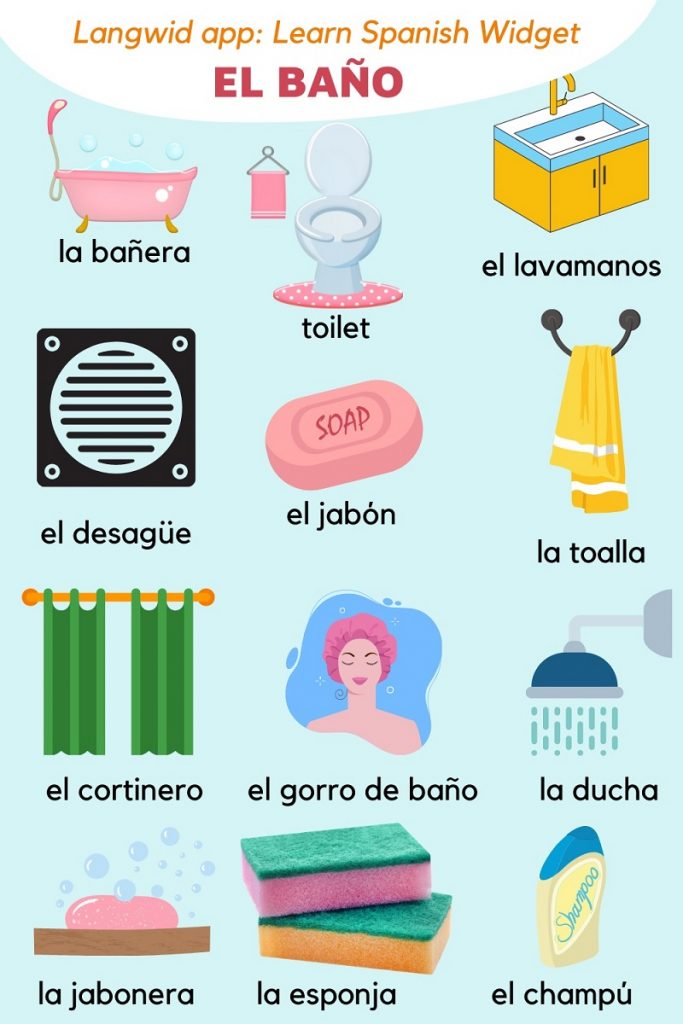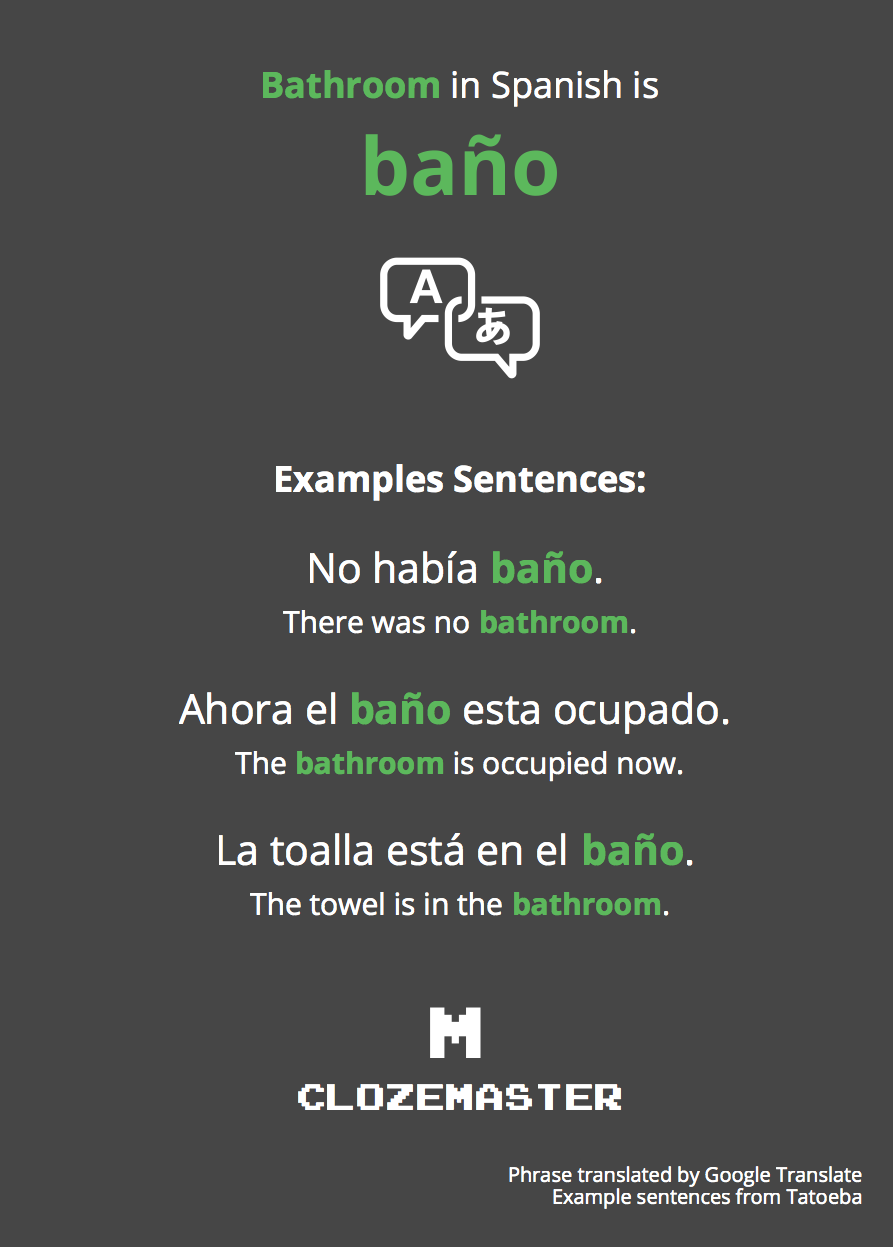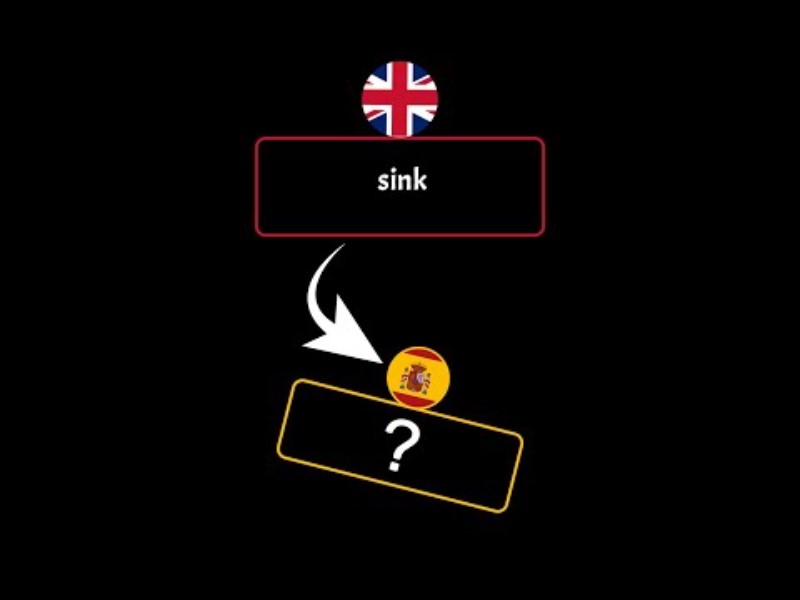Ever stood in a Mexican guesthouse, desperately needing to wash your hands, and fumbled for the right word? Turns out, asking for the bathroom sink in Spanish is a mini-adventure in itself! It’s not just about vocabulary; it’s about embracing the charming quirks of language.
The Usual Suspects: El Lavabo
The most common way to say bathroom sink in Spanish is el lavabo. Think of it as your go-to phrase, your trusty sidekick in the world of Spanish plumbing. It’s understood almost everywhere, from bustling city apartments to quiet countryside homes.
Practice saying it: "el la-VAH-boh." Easy, right? You're already halfway to fluent sink-seeking!
A Regional Twist: El Lavamanos
Now, here’s where things get a little more flavorful. In some Spanish-speaking regions, particularly in Latin America, you might hear el lavamanos. It literally translates to "the washes-hands," which is adorably descriptive.
Imagine the Spanish language as a kitchen, and el lavabo and el lavamanos are two different recipes for the same delicious dish! Don’t be surprised to hear either.
Why Two Words? A Tale of Two Sinks (Not Really)
You might be wondering, "Why two words for the same thing?" Languages evolve differently in different places, influenced by local customs, history, and even just plain old preference. It's part of what makes language so fascinating!
There’s no "better" word; both are perfectly acceptable. It's like asking for soda versus pop – regional differences add character.
Beyond the Basics: Getting Specific
Want to sound like a true Spanish-speaking sink aficionado? Let's delve a bit deeper. If you’re talking about the specific basin of the sink, you might hear the word pila. This is particularly useful in older homes or when describing the sink's physical structure.
Grifo or Llave refers to the faucet. So, if you need to tell someone the faucet is leaking, you could say, "El grifo gotea." Or "La llave gotea."
Humorous Mishaps and Heartwarming Moments
Learning a new language isn’t always smooth sailing. I once accidentally asked for "el labio" instead of "el lavabo." Imagine the confusion! El labio means lip! The waiter just stared at me, which was embarrassing.
These blunders are part of the fun. Embrace the mistakes, laugh them off, and remember, every misstep is a step closer to fluency. It’s heartwarming because it’s real.
The journey of learning how to say "bathroom sink" in Spanish is more than just memorizing words. It's about connecting with a culture, embracing linguistic diversity, and maybe even having a good laugh along the way. So, go forth, confidently request el lavabo or el lavamanos, and enjoy the adventure!
“Language is the road map of a culture. It tells you where its people come from and where they are going.” – Rita Mae Brown


























